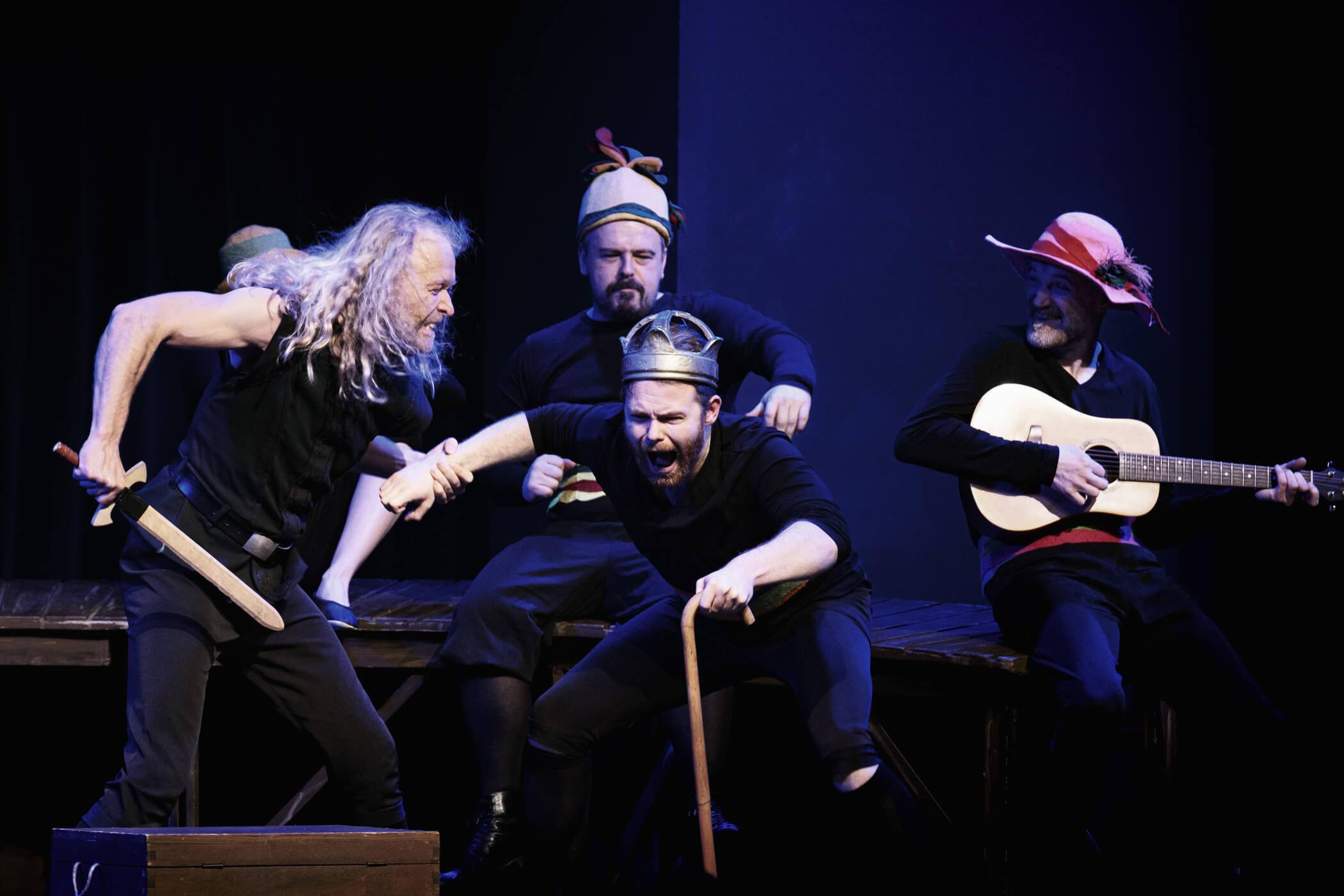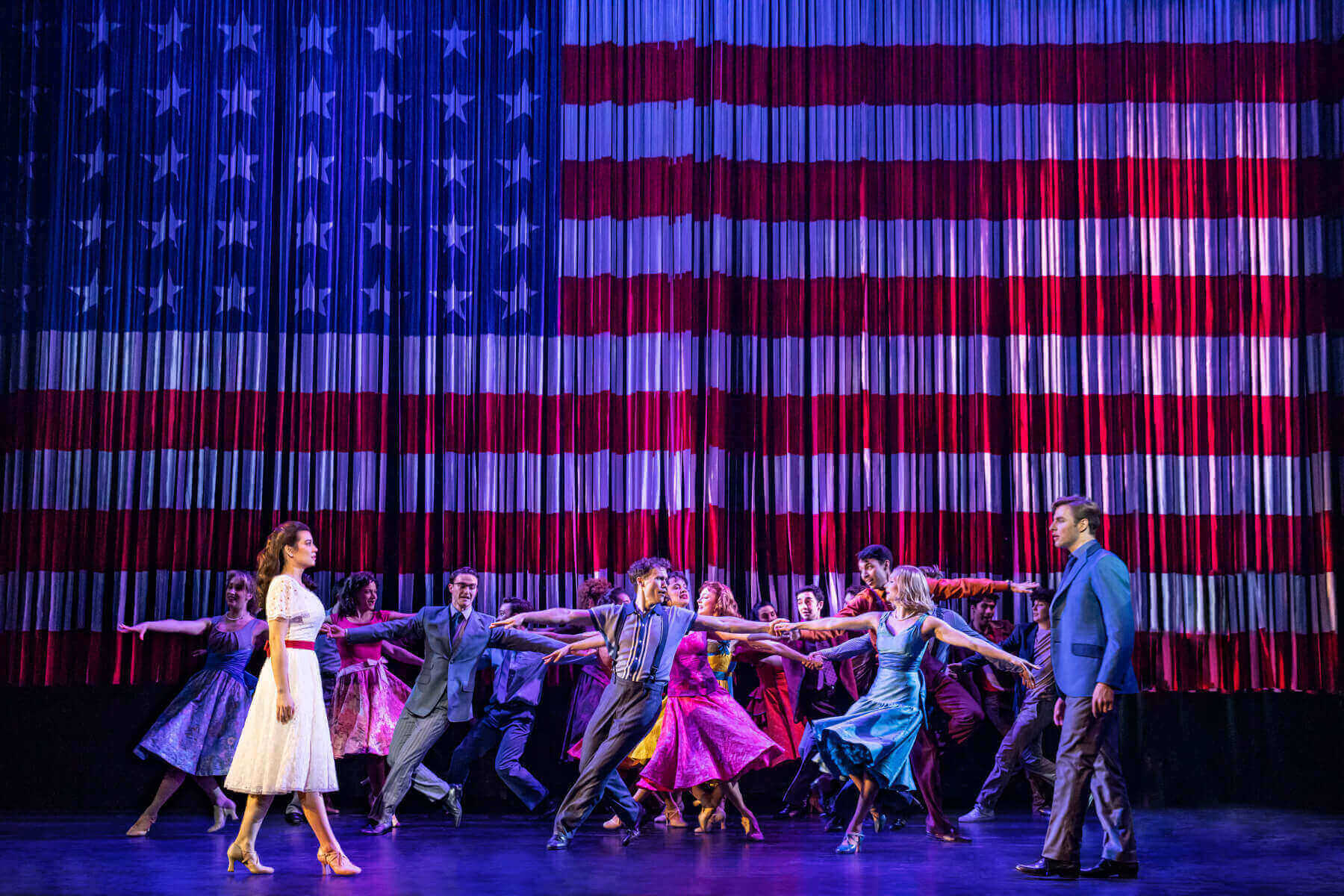Bah Humbug: It’s that time of year again.
Well, it’s that time of year again when everyone is frantically preparing for their festive celebrations, stressing about the in-laws and wondering what presents they will receive. Yes, that’s right, Christmas is upon us and with that comes the traditional viewing of Charles Dickens’ A Christmas Carol. Many, of course, know the story by heart, but perhaps only from a film adaptation rather than the novella by Charles Dickens.
Having become a staple of viewing pleasure during the Christmas season, whether on TV or in the theater, A Christmas Carol is the classic story that is, I dare to say, needed as a reminder for everyone during this time of year of what’s truly important in hopes that it remains throughout the year.
Published in December of 1843, Charles Dickens wrote the novella during a time when Britain was reevaluating its Christmas traditions and lead to a revival of the Christmas holiday. However, it isn’t all carols and festivities with regards to the true message that Dickens was aiming the public to receive. Rather, coming from a middle-class family himself and having to work in a shoe-blacking factory, Dickens raises the awareness to a broader audience that despite there being workhouses and prisons for those less fortunate than others, the conditions of those institutions were not much better than being on the streets. Thus, it was important for Dickens to bring to light such information to people such as his central character, Mr. Ebenezer Scrooge.
Little did Dickens know that for decades to come his novella and theme of a festive generosity of spirit would be adapted in film and theater and become a tradition of the Christmas season.
So here we are in the Christmas season of 2022 with the America Drama Group Europe’s (ADGE) adaptation of A Christmas Carol at the Amerikahaus in Munich, Germany. Not a huge venue (approximately 307 seats), but still packed with young and old alike, Paul Stebbings’ version of the timeless story took an unexpected twist. Rather than stick to the stoic and scolding view that Dickens took towards those that are stingy, Stebbings decided to give his audience the gift of laughter this holiday season.
Opening on a bleak note literally, as the chorus sang a cappella the song “In the Bleak Midwinter,” it set the stage for what most would expect of the vintage story. However, this immediately changed due to the entire organization of the play itself.
The stage was sparse with a few wall dividers that had three seats as well as a door attached to them. Costumes were simple, using items you might find at home but still keeping to the 19th century London feel, while also taking a different approach to specific outfits such as the ghost of Jacob Marley. Instead of being wrapped in chains, the actor had a money safe over his head. Additionally, a violin and accordion were also present on stage and used throughout the production by two of the cast members to provide musical accompaniment during scene changes and specific scenes. Props such as a pillow for a turkey and a doll for Tiny Tim were used as well since the cast was small numbered. In addition, the role of the third Christmas spirit was not played by any actor, but instead had Scrooge speak out to the back of the theater as if a ghost was actually there.
The cast consisted of only six actors, two women and four men, with many of them playing multiple roles, as well as the two instruments. Thus, they had their work cut out for them and precisely one of the main reasons which lead to the comedic factor of this interpretation.
Following the same storyline as the original, Ebenezer Scrooge was introduced just like every other Scrooge that came before him. The only difference was that this time Scrooge took on a more overdramatic acting style that still kept his grasping and covetous old ways, but not so much in a cold sense. For those who are familiar with the 1984 TV film version with George C. Scott as the wicked, ol’ Screw, it would have been quite the shock to see such an untraditional-comedic version of a cold-hearted character.
This overacting style continued throughout not only with Scrooge but with the other cast members too. The use of gestures and change of voices in this overacting manner played majorly into the assumed aim of the play—laughter. Since many of the actors had to play multiple roles, two of the male actors also played female roles, and to great effect.
As the story went on, little liberties were taken such as when Scrooge travelled to his past, but this time with a blindfold. Very clever idea indeed, considering we should all be familiar with our pasts and “could walk it blindfolded.”
Furthermore, the actors continued to work for their applause as they did their own sound effects and played the role of the clock as each spirit came to visit Scrooge. There even was a nice rendition of “Silent Night” sung after the visit of the Ghost of Christmas Past.

Speaking of the Ghost of Christmas Past, the actress, Emily Rose Laurence, who played the role, also assumed the role of the spirit of Christmas Present. She had a lasting effect on the audience as she treated them as the “poor” and threw candy into the crowd as her way of “giving to the poor.” Rather a fun and festive way to include the viewers. But not only that, she seemed to be a favorite for one of the attending audience members whom I spoke with after the show. The attendee told me that the Christmas Present Spirit was “authentic” and her “personal favorite.”
As for the rest of the actors, the joke of dual roles came up even more toward the ending of the play, as one actor in the middle of playing one character, a donation collector for the poor, immediately had to switch to playing Fred, Scrooge’s nephew. During these scenes, the actor playing the dual role would instantly look at the audience when his second character would be called for and then bolt off stage to change into the corresponding character leaving the audience chuckling in their seats.
In the end, the combination of a small cast and the actors’ capabilities of performing dual roles, a sparse stage and the inclusion of adding carols to A Christmas Carol lent itself to an overall entertaining production. Lasting a little over an hour and a half with one small set change, the comedy factor made the entire production. Without the jokes and frantic running of the actors playing multiple roles, the play itself would have been a disappointment. Losing the main moral of the story and redirecting the focus to that of laughter was quite jolting. However, maybe that’s exactly what Stebbings thought we needed right now in these troubling times. A little laughter can go a long way they say and laughter is a gift we should not take for granted.
A Christmas Carol by Paul Stebbings was on tour in December 2022 throughout Germany and Switzerland.



